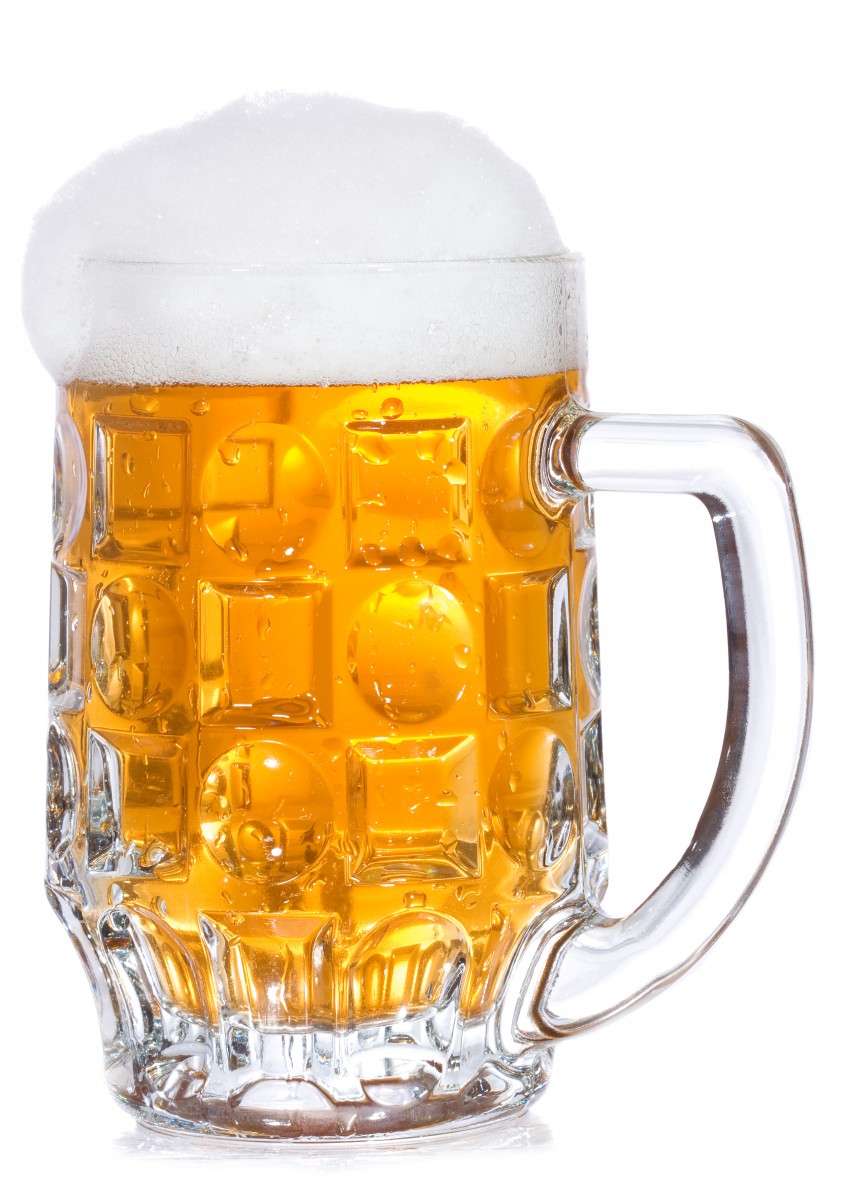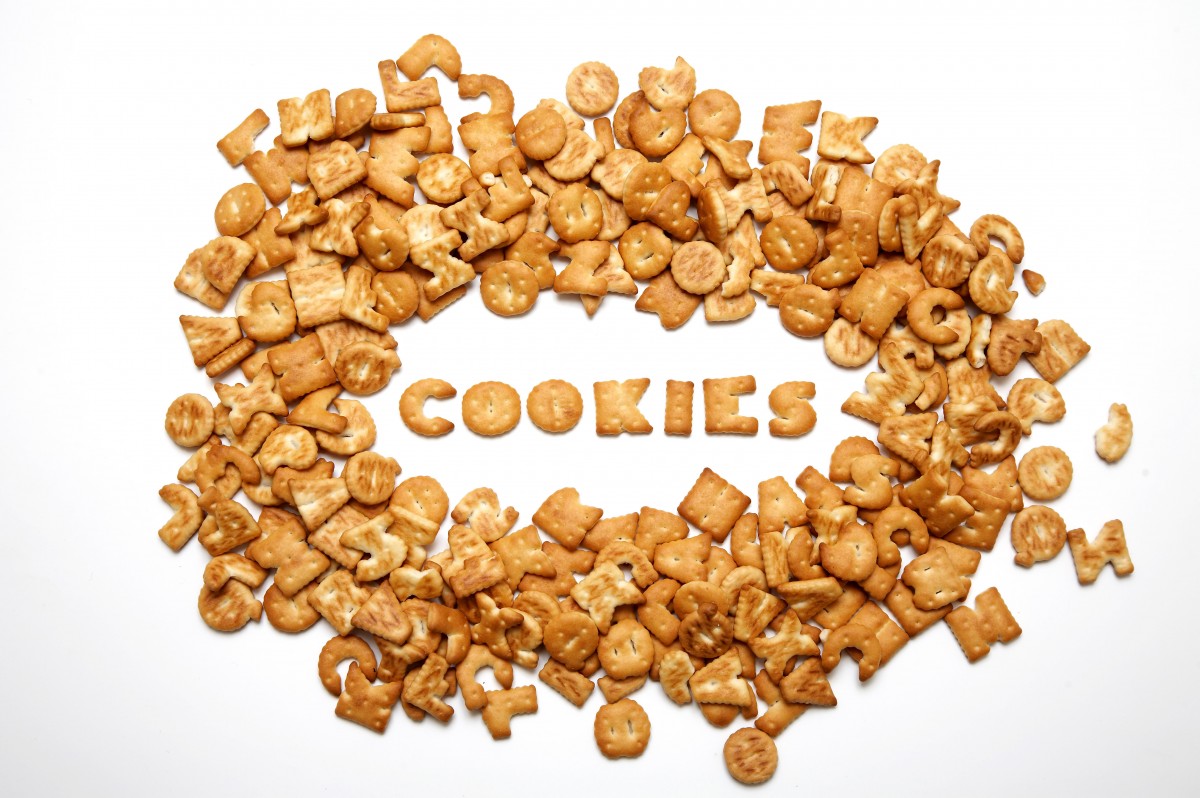Technological innovation is no stranger to food—in fact cooking itself was a major tech game changer that may have allowed humans to grow the giant brains that are the hallmark of our species! Now, a bleeding-edge takeout startup is harnessing the power of AI to deliver note-perfect replicas of famous chefs’ dishes to hungry customers—with nary a one of those chefs in sight. 
The company is CloudChef, and is a hi-tech version of the ”ghost kitchens” that have cropped up, especially in the wake of the pandemic. Based (naturally) in Palo Alto, the team behind it envisions leveraging technology to drastically change the American restaurant scene.
“Through a combination of software and hardware—as in basic kitchen equipment that’s been souped up with sensors and cameras—CloudChef can record someone cooking a dish one time, then turn around and produce what the company calls ‘a machine-readable recipe file.’ The data capture not only includes video, but also information from infrared and thermal sensors, scales, and other equipment that allows the software to measure temperature and weight. The result is a set of digital cues delivered through the enhanced kitchen equipment that guide CloudChef kitchen staff, regardless of culinary skill, as they stand in front of a burner with a pan and recreate the dish. […]
There’s no need to understand when the chicken achieves doneness or when the curry reaches the ideal thickness; the software does that using data from sensors that measure the thermal temperature of ingredients in the pan and the relative weight of the food as it cooks down. When the sauce reaches the appropriate thickness, a sound alerts the cook and a message appears on a screen telling the worker to remove the pan and food from the heat.”
This innovation could be a massively democratizing force in the restaurant world, decoupling the experience of a signature dish from the need to physically share the chef’s location. But, is that dish truly the same as one prepared by the person who created it—or who at least has baseline cooking skills? Is something—maybe its aura, or soul?— missing if it gets mechanically reproduced? Are we one step away from Star Trek’s replicator technology? Is the delegated food even any good? As companies wade into the AI space, philosophical questions abound. At least we can contemplate this set on a full stomach.

For a people bent on projecting whimsicality—cuckoo clocks and Heidi, anyone?—the Swiss are sure coming down hard on former Alpine ambassador product, Toblerone. The triangular bars of chocolate-honey-nougat-amazingness have fallen recently fallen afoul of Switzerland’s “Swissness Act.” This 2017 law requires companies who claim their products are Swiss-made through labelling to meet strict standards of in-country manufacture. Mondelez International, the American (!) company that owns Toblerone, is moving the majority of the chocolate brand’s manufacturing to Slovakia this summer. In response, the Swiss government is stripping Toblerone’s packaging of its most iconic image: the Matterhorn.
“Those regulations aim to protect the credibility and value of the coveted Swiss label, its government explains, citing studies that show the value added by the Swiss branding can represent as much as 20% of the sale price for certain products — and up to 50% for luxury goods — compared to those from other places.
When it comes to food products specifically, at least 80% of raw materials must come from Switzerland, and 100% for milk and dairy. The essential processing must also be done inside the country, with few exceptions (and Toblerone chocolate is evidently not one of them). […]
The company has yet to unveil its new design, but says it will still pay homage to its Alpine roots with ‘a modernized and streamlined mountain logo that is consistent with the geometric and triangular aesthetic.’
It will also keep its ‘famous hidden bear,’ a tribute to the bar’s birthplace of Bern, which you can see if you look closely at the shadows of the Matterhorn.”
Mondelez seems to be leaning into the regulation, stating that they look forward to refreshing the design in ways that echo the chocolate’s Swiss heritage, but don’t claim it to be current. And confectionados will be thrilled to hear that they aren’t touching the recipe! I don’t know about you, but I’ll gladly take a cosmetic overhaul over reformulating the best part of a golden-age Swiss Chalet Festive Special any day.

Mushrooms are definitely having a moment. It seems like everyone in the business world and beyond is talking about entheogens and expanding consciousness with judicious use thereof. This week’s story also happens to be about a magical mushroom changing our brains—but, calm down, Ken Kesey—it’s way more delicious than plant medicines can be!
The mushroom in question is the round and fluffy lion’s mane, a staple of farmer’s market stalls, with a delicate texture and a meaty flavour akin to fresh seafood. Long used in extract form in Traditional Chinese Medicine, the shroom has now been studied by a team from Queensland University. Their study has confirmed the TCM use of lion’s mane as a brain booster—showing that organic compounds found in the humble Hericium erinaceus can actually literally help regrow damaged or injured brain cells.
“The Queensland researchers isolated the compounds from the mushrooms they believed were behind its purported brain health-assisting properties. The researchers then placed the isolated compounds into a Petri dish with sets of cultured brain cells to see what would happen. And to their surprise, something incredible occurred.
‘Surprisingly we found that the active compounds promote neuron projections,’ said [study lead author Frederic] Meunier, ‘extending and connecting to other neurons.’
To get a closer look at what was actually happening, the researchers placed the treated brain cells under a super-resolution microscope. And according to Meunier, ‘we found the mushroom extract and its active components largely increase the size of growth cones, which are particularly important for brain cells to sense their environment and establish new connections with other neurons in the brain.’”
This could be a game changer for folks experiencing Alzheimer’s, or the fallout from a brain injury. Imagine incorporating a dash of mushroom extract into your diet to help support and restore cognition! The researchers also make the excellent point that science shouldn’t discount traditional remedies, and rather take their use as a signal that there’s an empirical basis for how they work. I love how a Lion’s Mane is a triple threat—cute, delicious, and a lifesaver. A psychedelic would just be overkill!

Over the last few months, we’ve seen a levelling up of AI in our puny human lives. From putting visual artists out of a job, to haunting our nightmares, artificial intelligence is finding all kinds of new applications serving—and potentially supplanting?—our purposes. But a brewery in British Columbia has found a way to harness the unnerving powers of AI for good, by charging chatbot ChatGPT to come up with a beer recipe worthy of the Whistle Buoy Brewing name. And, unlike its hilariously clunky “can’t draw hands” brethren, ChatGPT came through, generating a “fluffy, tropical” brew that the Whistle Buoy crew is duly serving up to its emphatically human customers. From the CBC:
worthy of the Whistle Buoy Brewing name. And, unlike its hilariously clunky “can’t draw hands” brethren, ChatGPT came through, generating a “fluffy, tropical” brew that the Whistle Buoy crew is duly serving up to its emphatically human customers. From the CBC:
“Whistle Buoy Brewing partner Isaiah Archer says his team had been playing around with the program ChatGPT, hoping it would help with developing product descriptions and writing social media posts, when they were inspired to try something else.
‘As we were typing various things into it, we thought, let’s see what happens if we ask it to give us a beer recipe,” he told CBC’s Rohit Joseph. They asked for a fluffy, tropical hazy pale ale. It spat out a recipe that, for the most part, works. […]
The recipe wasn’t perfect — Archer said it initially gave measurements for a homebrew batch. When it was adjusted for a larger brewing operation, he said it didn’t quite make sense, so they had to make some changes.
‘We had to add some human intervention,’ Archer said.”
The AI accepted that intervention, and thankfully didn’t go Skynet on us, thus eliminating the beer industry entirely. But tacky sentience jokes aside, the brewery’s owners appreciate ChatGPT’s “solid” work and are interested in a further collaboration that complements human ingenuity rather than cancels it out. From DFC’s perspective, I’d be very interested to test an AI on its condiment-inventing skills…I may pop over to ChatGPT and ask for a mustard recipe—I’ll report back if anything especially delicious comes up!
Good news from scientists for our planet’s poor beleaguered bees! The United States Department of Agriculture has approved a first-of-its-kind vaccine for the little pollinators, to protect them from American foulbrood disease, which results from a bacterial infection and can take out entire colonies in one swoop. 
The science behind the vaccine is fascinating: Insects don’t have an immune system like that of mammals, where, say you or I can be injected with an inert flu virus, and our systems develop antibodies to fight the real live flu when it shows up later. So most researchers didn’t think that vaccine-like intervention into honeybee health was possible. Enter the folks at the University of Helsinki and Dalan Animal Health, who observed a kind of immunity passing from queen to offspring a few years ago, and tried to puzzle it out.
“[Professor Dalial] Freitak and colleagues discovered a key egg-yolk protein called vitellogenin was the transport mechanism for trans-generational immunity in insects. This foundational discovery laid the groundwork for a novel kind of insect vaccine, and the team’s first target was honeybees.
Over the following years the researchers developed a vaccine to target a disease called American Foulbrood. The disease is caused by Paenibacillus larvae bacteria and once it takes hold in a bee population often the only option is to completely destroy the colony. The vaccine works by binding inactive bacterial cells to the vitellogenin protein so when it is consumed by a queen it can be directly transferred to her larvae.
‘The vaccine is incorporated into the royal jelly by the worker bees, who then feed it to the queen,’ a statement from developing company Dalan Animal Health explains. ‘She ingests it, and fragments of the vaccine are deposited in her ovaries. Having been exposed to the vaccine, the developing larvae have immunity as they hatch.’”
With USDA approval of the vaccine and widespread rollout, scientists, farmers, and bee enthusiasts are looking forward to getting foulbrood disease under control. This successful proof of concept may also mean other vaccines, for bees and other insects, will quickly follow—wouldn’t it be terrific if we could vaccinate mosquitoes against malaria?? Not only would we be taking care of some of the smallest cousins we share our Earth with, but taking care of ourselves as well. To borrow an arachnid metaphor, such is the Web of Life!
Way back in the primordial ooze called the 1990s, one of the many trends that swept the planet was that of the tiny pocket pet known as the Tamagotchi. For those of you unlucky enough to not have had a preteen in their household at the time, these gadgets were little eggs on a keychain with LCD screens, on which the life cycle of a tiny alien creature would play out and be influenced by the buttons you pressed to feed and play with them. They were very fun, if stressful, especially if your kid enlisted you to take care of it during the school day so it wouldn’t die because their teacher had banned them in class.
A team of scientists from the University of Chicago have pulled this once-trendy gizmo into the modern age, both technologically and morally. They have adapted the concept to a smartwatch run on a slime mold that the wearer has to feed and keep alive. This living organism/device symbiosis interrogates and complicates the dependent relationships people have with their smart devices.
“They created an enclosure attached to the smartwatch and placed a species of slime mold known as Physarum polycephalum inside it. To enjoy one of the key functions of the accessory – heart rate monitoring – they would need to keep the mold alive by feeding and caring for it.
Here is exactly how it works – the slime mold is placed in one side of the enclosure and as it is fed with a mixture of water and oats it grows to the other side of the enclosure forming an electrical circuit that activates the heart rate monitor function. If the mold is ignored, it goes dormant and the circuit is cut off.
Interestingly, users can forget about their pet slime mold for days, months, or even years, as it can be ‘revived’ by resuming care for it. But scientists wanted to know if simply knowing that there is a living, dormant organism in there affected people’s relationship with the gadget.”
The team engaged a group of five people to wear the smart watches for a two week period, and to write down their feelings about the devices while they fed the slime molds as normal for the first week, then deliberately starved them for the second. The participants reported feeling attachment for their watches, even going so far as naming them, as well as emotions like grief and guilt as the slime molds died.
While this particular watch will likely never be mass produced, we can apply these philosophical findings to the other devices we burn through in our ultra connected lives. Might we be more interested in conservation and re-use of resources if we fed—a nurturing act for our species— our laptops, phones, or watches? If we were more conscious of our use of them, since they would be in literal relationship to us, would that help with doom scrolling and other forms of device-based dissociation? Lots of interesting questions come up—definitely food for thought!

Quinoa—that ancient grain with a nutty flavour and a persistent presence in chic salad bowls over the past decade—has surprised us again. In addition to being a fibre,  protein, and vitamin powerhouse, Washington State University researchers have discovered that quinoa flour works demonstrably well as a cookie additive. And, unlike many other “healthy” additions to indulgent foods that should never have happened (ugh, carob), the quinoa flour actually improves the taste, texture, and “spreadability” of the cookie dough. In a study published in the Journal of Food Science, preliminary results showed that more people preferred a sugar cookie with some added quinoa flour, over an entirely wheat flour cookie.
protein, and vitamin powerhouse, Washington State University researchers have discovered that quinoa flour works demonstrably well as a cookie additive. And, unlike many other “healthy” additions to indulgent foods that should never have happened (ugh, carob), the quinoa flour actually improves the taste, texture, and “spreadability” of the cookie dough. In a study published in the Journal of Food Science, preliminary results showed that more people preferred a sugar cookie with some added quinoa flour, over an entirely wheat flour cookie.
“[R]esearchers looked at ten different quinoa breeding lines and tested them as a flour in cookies at 25% up to 100% quinoa. Many of the breeding lines held up well at the lower levels but the cookies tended to crumble as they approached 100% quinoa flour.
The preliminary results from the taste tests also show that using up to 25% quinoa flour tended to have better results. The researchers purposely chose sugar cookies for the taste test because they are plain as opposed to chocolate chip cookies which might mask any flavor from the quinoa. For the sugar cookie, a little quinoa might have an advantage, said Elizabeth Nalbandian, the study’s first author and a Ph.D. student in [study author Girish] Ganjyal’s lab.
‘I think at 10%, quinoa added a type of nutty flavor that people really liked,’ she said, noting the testers liked it even more than the control whole flour cookie.”
The Washington state connection meant researchers had skin in the game: The two types of quinoa that came out on top in the results are specifically bred to grow in the Pacific Northwest climate. But I think this good news applies to all cookie lovers—especially those of us wanting to consider our health, while not giving up the fun things in life! Hmm, I wonder if David might be willing to whip up a batch of his famous chocolate chip cookies with a dash of quinoa in them…? For fun—and for science!